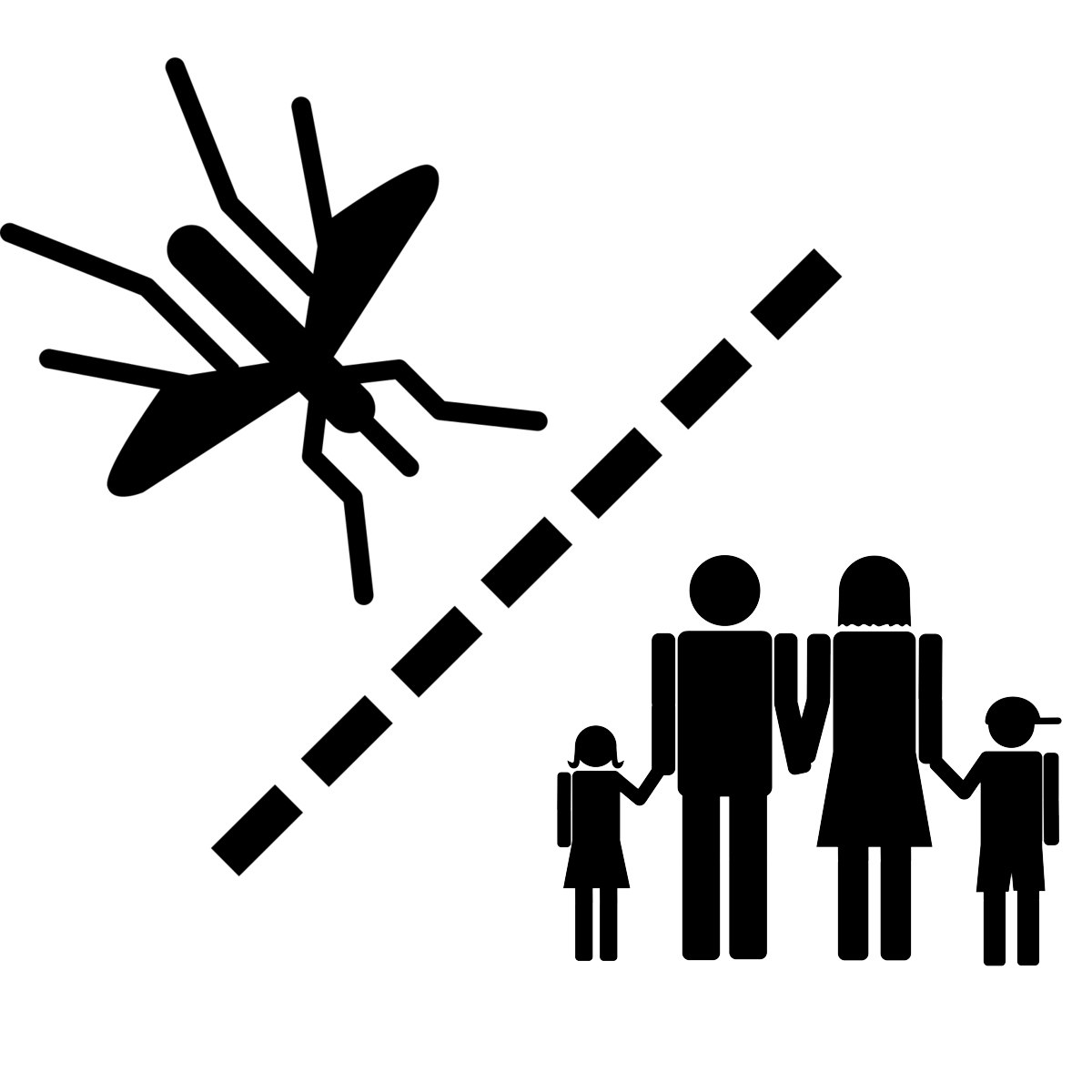Public Health Pesticides

As part of our Integrated Vector Management (IVM) strategy, we always attempt to physically remove the source of mosquito breeding. That’s why we always say, “Get rid of stagnant water!”

However, when physical control isn’t possible or if there is a serious and immediate threat to public health, we will use pesticides to eliminate the public health threat. This environmentally sensitive approach poses minimal risk to humans, animals, and the environment.
Fighting Larvae and Pupae
It’s easier to control mosquitoes when they’re in the water. A majority of our pesticide use is on mosquito larvae and pupae. Tackling mosquitoes in standing water is extremely effective using the following materials.
B.t.i. (Bacillus thuringiensis) and B.s. (Bacillus sphaericus)
Naturally occurring soil bacterium that targets mosquito larvae
Commonly Used:
Fourstar BTI
Vectobac
Vectolex
It contains an insect growth regulator that halts the mosquitoes from developing in the water. Target-specific to mosquitoes.
Commonly Used:
Altosid
Naturally-occurring bacterium
Commonly Used:
Natular
Surface film oil
Prevents larvae and pupae from breathing
Commonly Used:
CocoBear
Masterline Kontrol
BVA
These hardy fish will gobble up mosquito larvae and pupae in your pond and fountain.
Fighting Adult Mosquitoes
It is more difficult to control mosquitoes when they’re flying, but tools are available to control an infestation or disease outbreaks. These materials target adult mosquitoes (adulticides). Most applications of adulticides use less than 1 fl. oz. (2 tbsp) per acre. They’re dispersed in diluted amounts as ultra-fine droplets, which break down into harmless ingredients very quickly in the environment.
Derived from chrysanthemum flowers
Organophosphates
Highly effective at controlling mosquito populations
Commonly Used:
Nuvan strips
